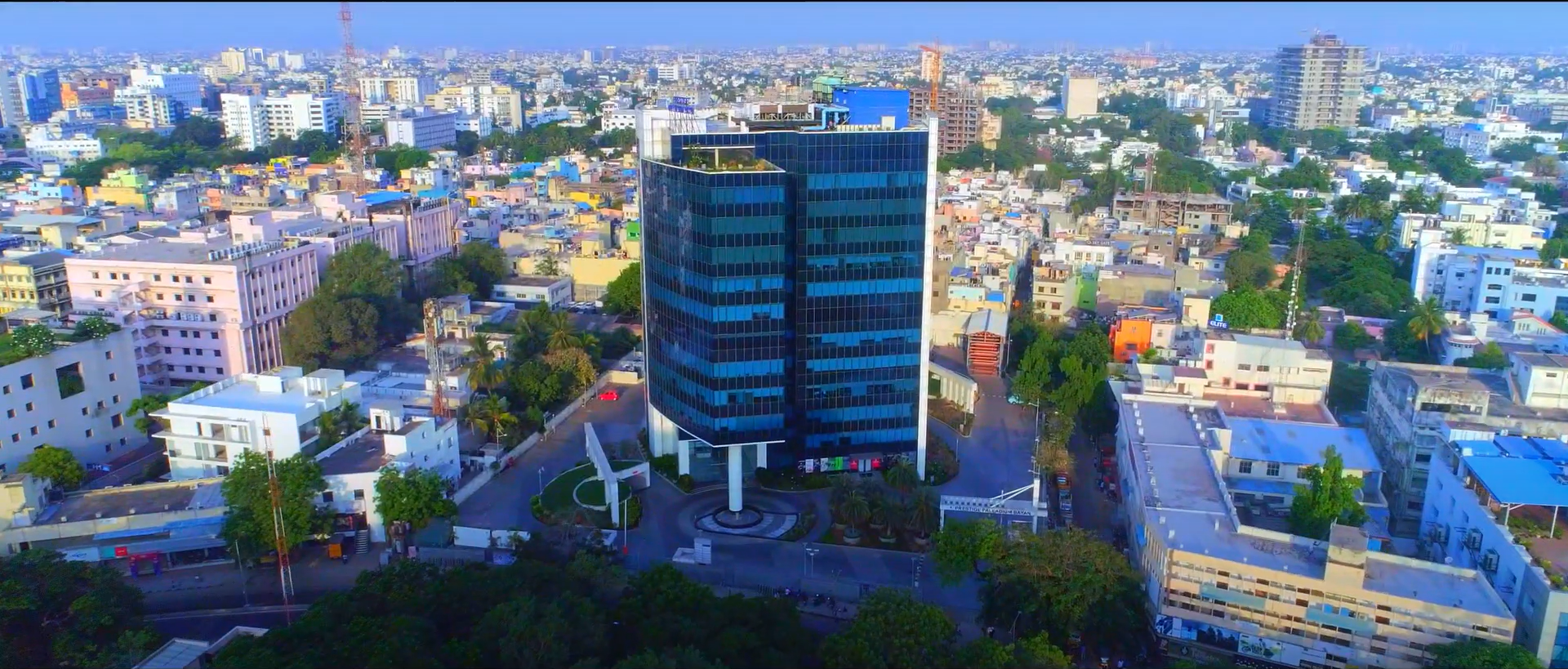9 Types of Orders to Redefine Cryptocurrency Exchange
From stock and bond markets to financial derivative markets and cryptocurrency exchanges, orders are the most important part of any trades that happen on trading venues. An order is nothing but an instruction used to buy or sell on trading platforms. Such instructions are either simple or complicated and can be sent through brokers or direct market access. Moreover, there are different types of orders on any Cryptocurrency Exchange Software. Let us explore these in detail:
1. Market Order
A buy or sell order that has to be executed at the best available current market price immediately is called a market order. Such orders are used when one prioritizes the execution of the order over the price at which the order is executed. When the order is placed, traders preferably want the trade to execute at the current price.
2. Fill Or Kill(FOK) Order
This type of order defines the lifetime of an order in such a way that the quantity submitted will either execute immediately in ‘fill’ or get canceled. It is also known as “All Or None” (AON) and is usually used for trading large quantities. In other words, orders must be filled entirely or killed.
3. IOC (Immediate Or Cancel) Order
An IOC order is executed in such a manner that either the entire order or part of the order is executed immediately. Consequently, the unfilled parts of the order are canceled. However, the partial fills must also be filled immediately or canceled.
4. Limit Order
A limit order is an order that is placed to buy or sell at a specific or a better price. In fact, it may not be executed if the price set by the traders cannot be met during the time period when the order is left open. Such kind of orders permits traders to set a limit on the length of time an order can be outstanding before canceling it.
Stop Orders
A stop order is an order to buy or sell that can become active only after the “stop level” has been reached. These type of orders work in the opposite manner as of limit orders. There are two types of stop orders:
- ‘Buy Stop’ order: This type of order is placed above the market price.
- ‘Sell Stop’ order: These types of orders are placed below the market price.
As soon as the Stop level is reached, the order is converted to a market or limit order. The stop order, in turn, triggers the market or limit order.
5. Stop Limit
A limit order is added to the book with the limit level’s price after the ‘stop’ of a stop limit is triggered. The order remains unfilled in two scenarios, namely:
- When the market price does not reach the stop price.
- When market price does not reach the limit price, provided the stop is triggered and the limit order is placed.
If the market price gaps above the limit price due to its fast pace, there will not be enough matching bids between your Stop and limit for fulfilling the order.
6. Stop Market
When the Stop level is reached, a Stop order is converted to a market order automatically.
Trailing Stop Orders
An order that can be placed at a definite amount away from the current market price is known as a trailing stop order. A trailing stop is set below the current market price for selling, and above the current price for buying.
7.Trailing Stop market
A stop market order that can be set at a defined amount further from the current market price, forms the trailing stop market. Such kind of trailing trades actually protects gains by enabling trades to be open and continue to profit as long as it is in the favor of the trader. However, trades are closed if the price changes direction by a specific amount. Soon when the stop is triggered, the trailing stop market order is entered as a market order.
8.Trailing Stop Limit
A stop-limit order is set at a defined quantity away from the present market price. Besides, the limit price can also be set at some amount away from the stop price. However, while considering a trailing stop for a long position, it would be set below the current market price. On the other hand, for a short position, it will be set above the current price. After designing the trailing stop for protecting gains, as the stop is triggered, a trailing stop limit order is entered as a limit order automatically.
9.Reserve (Iceberg)
A reserve order is the one where the size is not mentioned. Orders, where the liquidity is not displayed, are called “Hidden Orders”. However, orders where the liquidity is greater than zero and less than that of the full order size, are called “Iceberg Orders”. Reserve orders are basically large single orders that have been divided into smaller limit orders to hide the original order amount.
Summing-Up
All in all, placing orders on exchanges can be a tedious process. So, having a sound knowledge about the various types of orders that can be carried out on trading platforms is necessary to survive in today’s competitive market and stay ahead of others.






